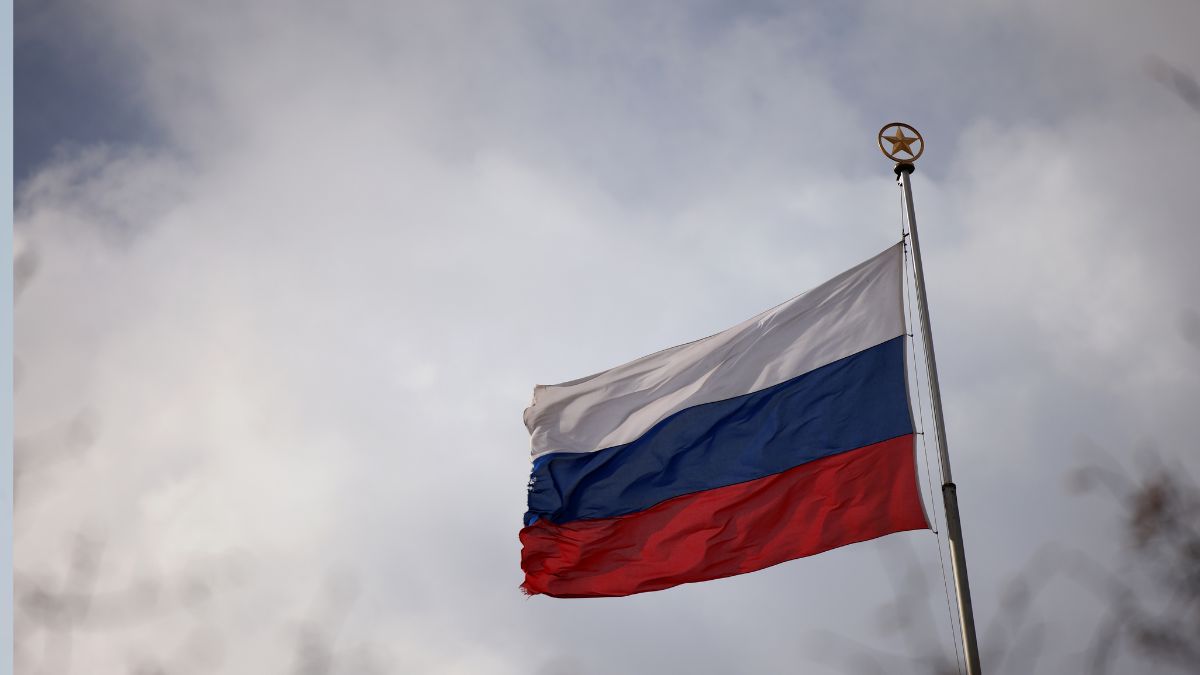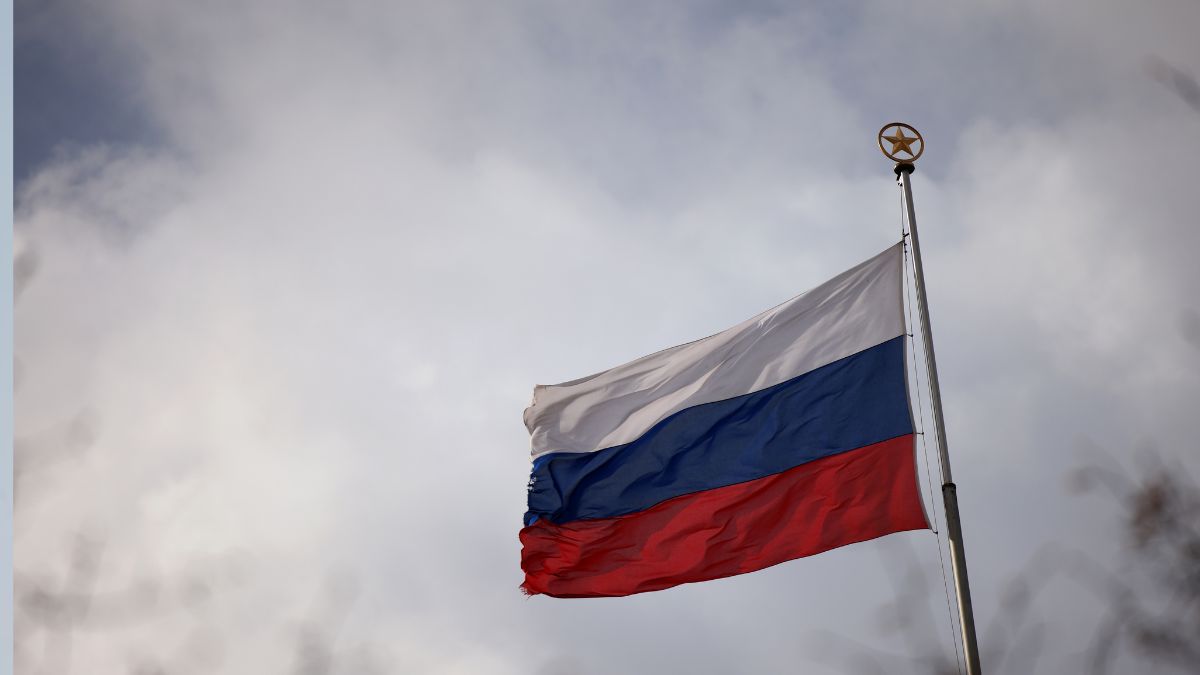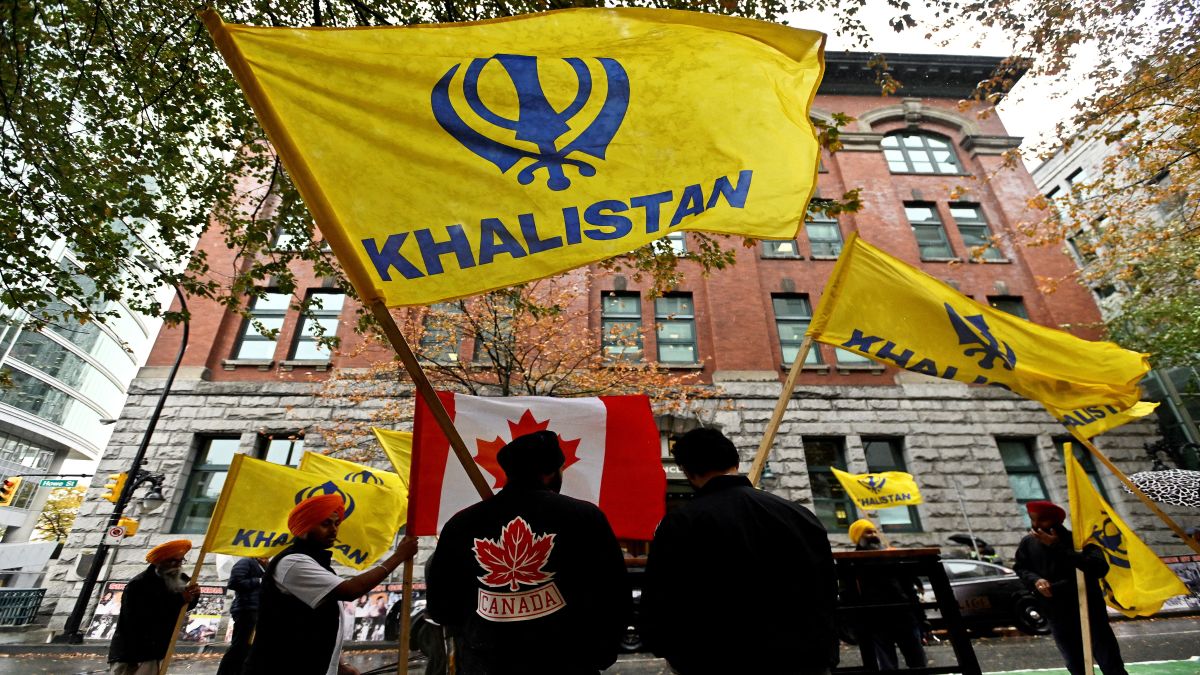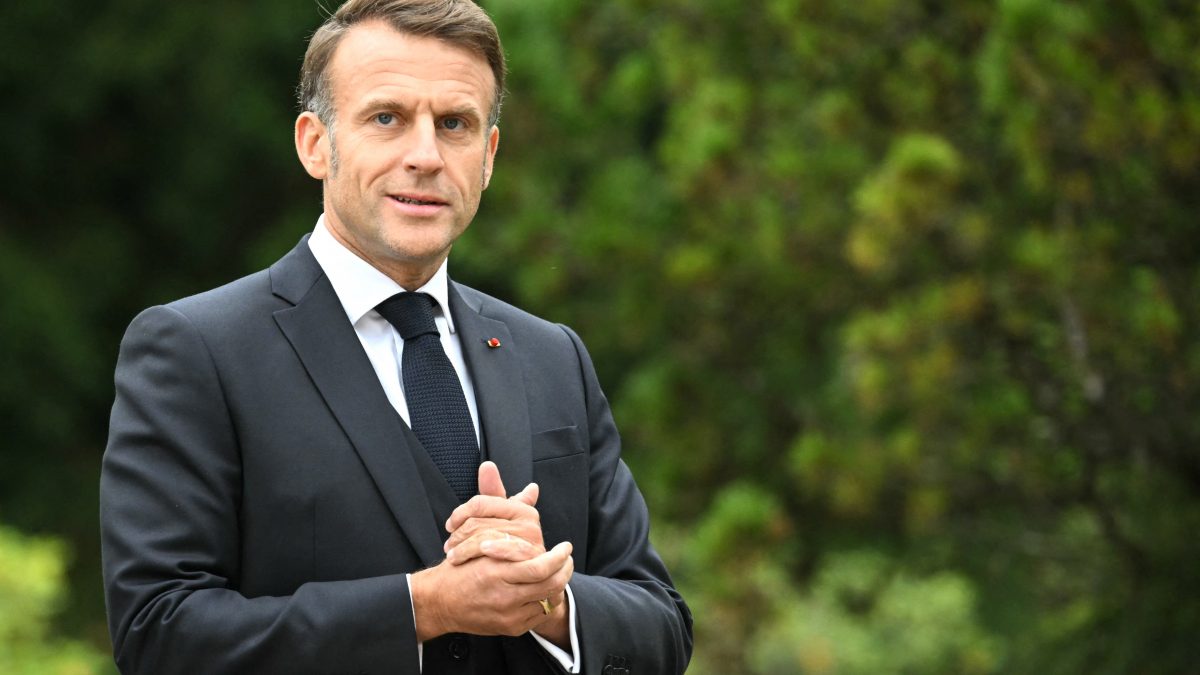Western powers led by the United States have held a vice-like grip on world affairs since the collapse of the Soviet Union in 1991.
The US was the unchallenged global hegemon. Post-Soviet Russia was run by Boris Yeltsin and corrupt oligarchs. China was a dot in America’s rear-view mirror. Its GDP in 1991 was $0.83 trillion, a fraction of US GDP of $6.16 trillion that year.
Europe, Japan, South Korea and the Middle East were under America’s protective military umbrella. India’s foreign policy was stubbornly autonomous but its bankrupt economy in 1991 lay at the mercy of the International Monetary Fund (IMF), controlled by Washington.
The world order in 2025 has been transformed in less than a generation. The US remains a global hegemon but it is no longer the only hegemon. China has caught up economically and in several industries surpassed the US technologically.
Europe has meanwhile slipped into sclerosis. Russia is resurgent. President Donald Trump is on the verge of handing Moscow, by diplomatic sleight of hand, the victory over Ukraine that Russia has failed to achieve militarily. If Trump succeeds in forcing Ukraine to accept the terms of his peace proposal that gives Russia over 20 per cent of Ukraine’s territory (including several regions it has failed to conquer), Western Europe will be distraught. The umbilical cord between Europe and America could snap.
Amid this global churn there is India. Since Independence in 1947, the West’s attitude towards India has been ambivalent. Bankrupted and exhausted by the Second World War, Britain was forced to grant India freedom. It has never quite forgiven its most resource-rich and heavily taxed colony for setting off a domino effect of decolonisation. Within 15 years of Indian independence, the British Empire across Asia and Africa unravelled.
Quick Reads
View AllWashington had backed India’s freedom movement. President Franklin D. Roosevelt frequently clashed with wartime ally Winston Churchill, Britain’s prime minister, over British hypocrisy in denying India freedom while fighting Hitler’s fascism.
But America’s post-war interests were tied to Britain’s. The two countries collaborated in regime change and invasive wars. In 1953, Washington and London overthrew the democratically elected government of Mohammad Mossadegh in Iran in an operation codenamed Operation Ajax. American and British petroleum companies took control of Iran’s oil assets and installed the Shah of Iran as a Western puppet.
In 2003, again, the US and Britain collaborated in the illegal invasion of Iraq on the false pretext of weapons of mass destruction (WMD).
The rise of China has unsettled the Anglo-Saxon world order. In 1991, Britain’s GDP at $1.14 trillion was higher than China’s GDP of $0.83 trillion. In 2025, China’s $19 trillion economy dwarfs Britain’s $3.8 trillion economy.
While the West has been forced to accept China’s rise as a fait accompli, India is another matter altogether. Britain’s resentment has not ebbed though it hides it expertly. The rise of Nigel Farage’s Reform Party is Britain’s version of America’s MAGA movement: anti-immigrant and racist.
Washington and London, fattened on the profits of colonialism and slavery over two centuries, have long controlled the levers of geopolitical power. China is an unwelcome intruder but is now too powerful to parry. India, however, can and must be kept firmly in its place. There is no room for a G3. A US-China G2 is barely tolerable for the West. A G3 with India is intolerable.
Farsighted US and British thinkers have in recent years predicted that as ageing China’s economy slows and the West’s multi-racial demography changes colour, India’s tortoise-like economy could actually win the race against a hobbled Chinese hare and a lumbering American bear.
All of this has been at the back of Western minds for decades but now occupies their full attention. How can India’s rise be slowed? Its demographics will be unbeatable till at least 2050. The attempt to encircle India with a hostile Pakistan and Bangladesh has failed.
The glimmer of hope for electoral change in India with a more pliable Opposition government has largely evaporated after the results of four recent assembly elections. The West’s outsourced attacks on the government through global NGOs have been unsuccessful.
The attempts, covert and overt, however continue. The West, sanctimonious about promoting global democracy, has been notably quiet about the death sentence passed on former Bangladesh Prime Minister Sheikh Hasina who continues to live in exile in a safe house in New Delhi.
Washington has treated the interim government run by Muhammad Yunus with kid gloves despite its murderous assault on Hindu minorities in Bangladesh. The US has doubled down on its defence alliance with Pakistan, knowing its military is aimed at India. British Prime Minister Keir Starmer’s government has meanwhile targeted immigrants with new legislation that will affect Indian migrants the most.
In the past, the thought that an impoverished ex-European colony could emerge as a Great Power was not taken seriously in the chanceries of the West. At every turn, the US and Britain supported Pakistan in its conflicts with India, most notably in the 1971 Bangladesh war.
With the geopolitical ground slipping from under its feet, the US-led West recalibrated its approach to India. New Delhi has been reluctantly co-opted as a security partner in the Indo-Pacific. But President Trump makes sure he keeps India off-balance with tariffs, befriending Pakistan, curtailing H-1B visas, and allowing his MAGA base to conduct an online hate campaign against Indians.
The outcome a declining West fears most is one Asian power, China, being joined at the top by another Asian power, India. The West’s veto to prevent that outcome, however, has expired.
(The writer is an editor, author and publisher. Views expressed in the above piece are personal and solely those of the author. They do not necessarily reflect Firstpost’s views.)


)

)
)
)
)
)
)
)
)



